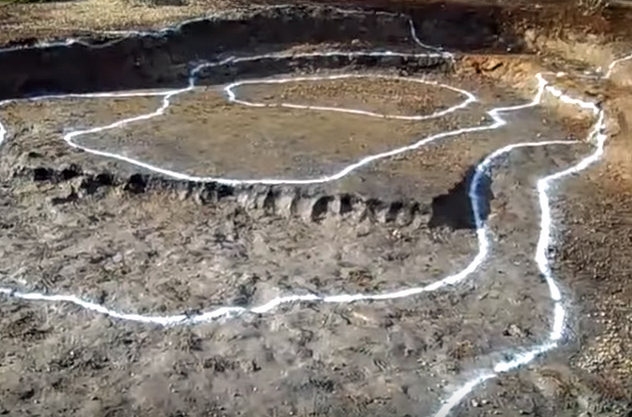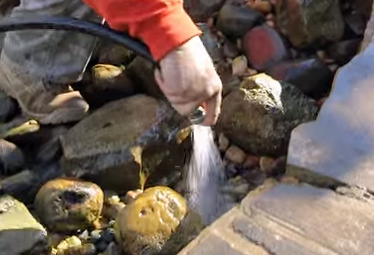waste
When I look at the average pond, I tend to perceive a range of missed opportunities. I come from the world of aquaponics, where I've spent my career figuring out ways to integrate environments for fish and plants in ways that make both fins and leaves grow like crazy. For the most part, I work on an industrial scale, designing facilities where huge populations of fish are grown as food and, nearby, huge
Koi ponds can be watershapes of great beauty in which sizeable populations of large, gorgeous fish thrive through the long lives these creatures often experience. With the pond that appears at the start of the video linked below, however, there were key features that were missing from the existing pond that put the big fish at risk in a number of ways. I don't know the full history of the pond, but it's clear it
Of all the tasks involved in giving a good-size pond a thorough spring cleaning, taking care of the fish is the biggest concern and, frankly, the riskiest part of the operation. It's not simply a matter of chasing them around the pond and cramming them into a net before unceremoniously dumping them in a garbage can: If the job is approached with that cruel and misguided spirit, it's fully possible that the fish and other aquatic wildlife will show their appreciation by
'I've taken up a fair amount of my column space in WaterShapes with discussions of the wise use of water, and for good reason: What could be more important to watershapers,' wrote Bruce Zaretsky to open the April 2010 edition of On the Level, 'than knowing how to make the best possible use of the material that defines our profession? 'The common thread in all of this coverage . . . is that, ultimately, our aim must be to preserve the integrity of water, to cleanse it for return to the groundwater system and to
















